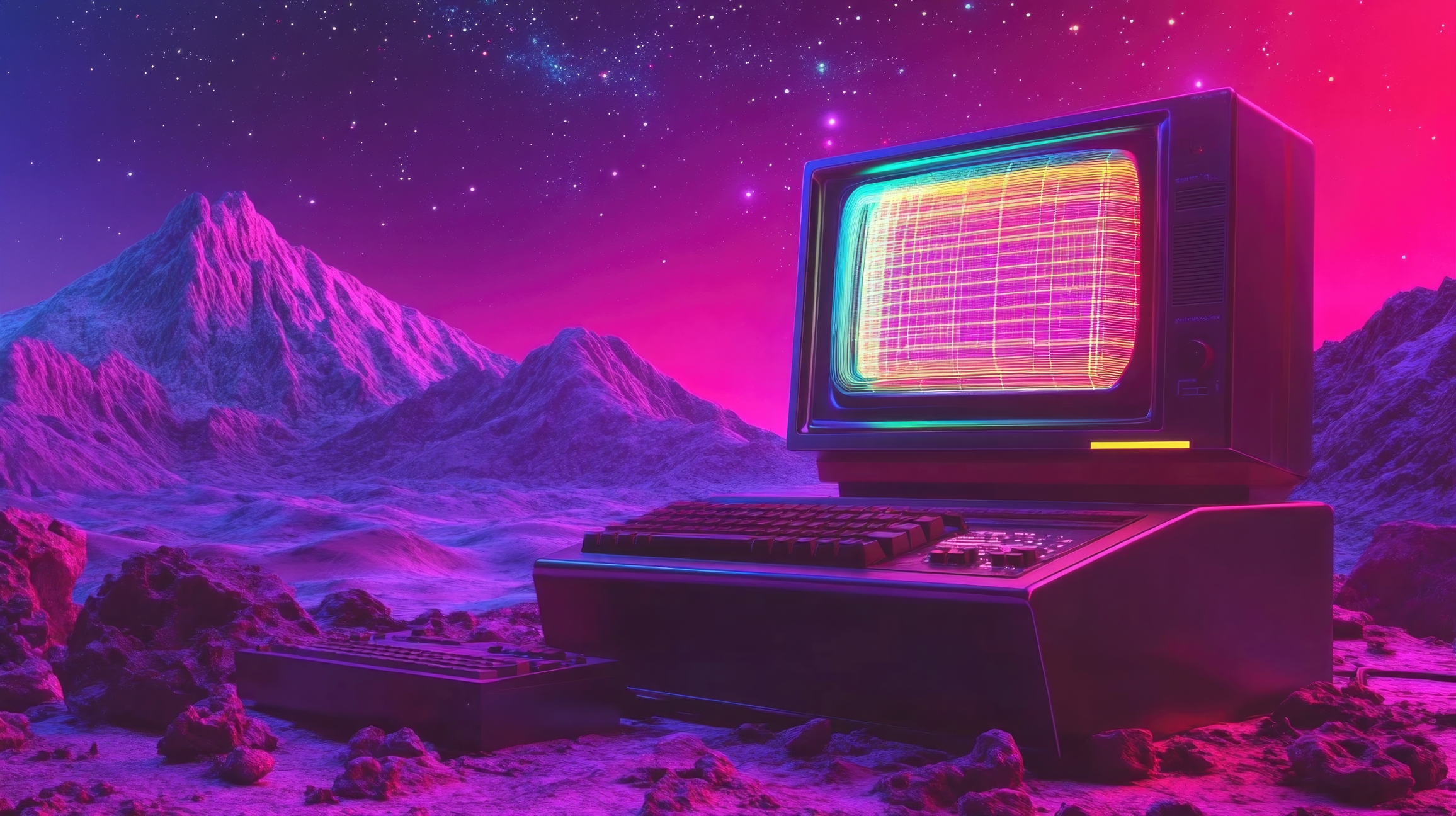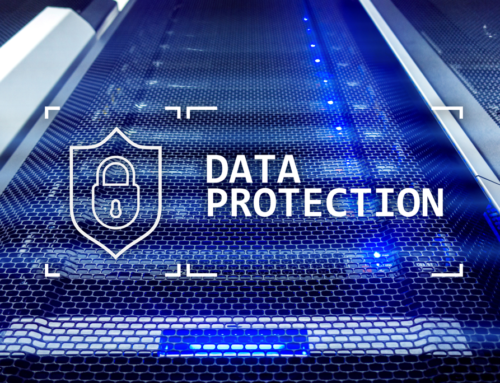In business, it’s easy to think, “If it’s not broken, don’t fix it,” especially when it comes to IT. But when tech doesn’t keep up with modern demands, it silently drains resources, productivity, and security. Maintaining outdated infrastructure can actually cost far more than upgrading in the long run. Here’s a breakdown of how outdated tech impacts a business, and why modernization is the smarter choice.
1. Productivity Losses and Downtime
We’ve all been there—waiting for a system to boot up, trying to work around software glitches, or calling IT to fix a crashed program. When tech isn’t up to date, these little delays add up. And for businesses, they mean lost productivity on a large scale. Your team should be focused on meaningful work, not sidetracked by outdated software or old hardware that can’t keep pace. If employees are waiting on tech, they’re losing valuable hours that could be better spent driving your business forward.
Real-World Example: Imagine a 10-minute delay each day for every employee due to slow systems. Over a year, that’s a huge dent in productivity, and it’s completely avoidable with an upgrade.
2. Security Vulnerabilities and Cyber Risk
Cyber threats evolve at breakneck speed, and outdated systems are often the first targets. Once software stops receiving updates and security patches, it becomes an open door for hackers. This isn’t just about big financial losses, either; it’s about the potential reputational damage and trust issues that can arise from a data breach.
With cyber incidents costing businesses millions annually, relying on older systems could end up being one of the costliest mistakes a company makes. Today’s cybersecurity solutions are designed to protect against these evolving threats, so keeping tech up-to-date is one of the best defenses you can invest in.
3. Increased Maintenance Costs
Sure, keeping your existing infrastructure might seem cheaper, but how often is it breaking down? Older systems are notorious for needing frequent repairs, and sometimes the cost of replacement parts alone can rival the price of new hardware. Then there’s the matter of support: as technology ages, fewer professionals are equipped to work on it, which can drive up the cost of support.
Modern systems, on the other hand, tend to run smoother with fewer hiccups. Maintenance costs are minimal, and they come with a longer shelf life. Upgrading can be the difference between spending more on repairs every month and only needing periodic maintenance.
4. Scalability Challenges and Growth Limitations
As your business grows, your IT needs change. Outdated tech doesn’t adapt well to these changes—it struggles to keep up with growing demands, whether that’s more data, new applications, or expanding teams. Modern systems are designed with scalability in mind, allowing your business to grow seamlessly. If your infrastructure isn’t flexible, it becomes a bottleneck, holding back expansion and limiting potential.
5. Lost Competitive Edge
In today’s market, staying competitive means being quick, responsive, and innovative. If your tech is outdated, it shows. Clients notice when your business is on the cutting edge vs. just “getting by.” With competitors investing in new tech, they’re likely offering a smoother, more efficient experience than companies sticking to the old ways. Upgrading your infrastructure is a way to keep pace and show your customers that you’re future-focused and ready to serve them better.
6. Compliance Risks
For industries under strict regulations—think healthcare, finance, or legal—compliance isn’t optional. Outdated systems often struggle to meet current security or data protection standards, putting businesses at risk for fines or legal issues. Compliance demands change, and technology that isn’t regularly updated can quickly fall behind.
It’s a harsh reality: maintaining an outdated infrastructure could mean your business inadvertently breaks the rules, facing costly penalties as a result. Staying compliant becomes much simpler with modern systems that are built with regulatory standards in mind.
7. Total Cost of Ownership (TCO) Analysis
Looking at the numbers alone, older systems often seem “cheaper” than buying new tech. But the Total Cost of Ownership (TCO) paints a very different picture. TCO considers not just the purchase price but the long-term costs of maintaining, securing, and supporting those systems. When you factor in downtime, productivity losses, and maintenance, you often find that upgrading actually saves money over time.
To put it simply: investing in new technology isn’t an added expense—it’s a cost-saving move that delivers a solid ROI.
Bottom line: Modernizing IT infrastructure isn’t just about technology—it’s about investing in the future of your business. By staying up-to-date, you improve security, boost productivity, and reduce long-term costs. Upgrades may seem like a big investment up front, but the benefits they bring are worth it many times over.
If you’re ready to see what a modern IT infrastructure could do for your business, reach out to us. Let’s talk about how we can help you make the transition as smooth as possible—because every day you spend on outdated tech is a day you’re losing ground.








